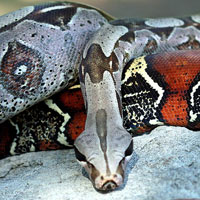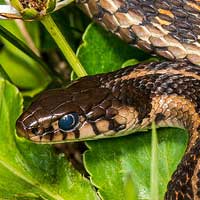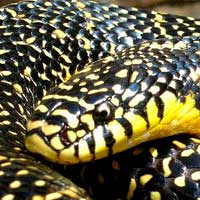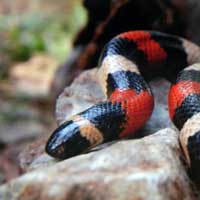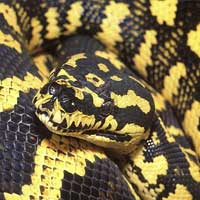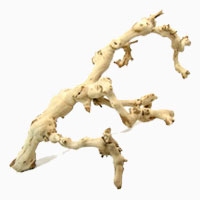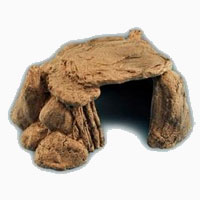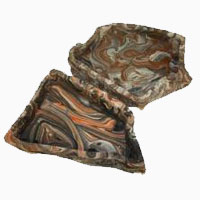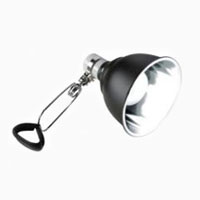Western Ribbon Snake
Scientific Name: Thamnophis Proximus Proximus
Share this Post
Western Ribbon Snakes are common in the United States especially in the northern parts of Indiana. The Thamnophis proximus proximus have thin bodies that have three colored stripes on their black or dark brown coats. The dorsal stripe of this snake is orange or yellow and the literal band is green, white or yellow. It also has labial scales around the mouth that are unmarked; the bar on its eyes differentiates it from other garter species. Other species that are similar to the Western Ribbon Snakes are the Plain Garter Snakes, Butler’s Garter Snakes, Eastern ribbon Snakes and the Common Garter Snakes.
Western Ribbon Snakes Are Beautiful Creatures
Facts About Western Ribbon Snakes
Geographic Location
These snakes are common in the northern, southwestern and west central parts of Indiana.
Habitat
These snakes live along water bodies such as lakes and rivers. They do not live in water but immerse themselves in it too cool themselves especially when it is hot. Western Ribbon Snakes rest on the edges of the water body during the summer season. They also prefer open, sandy areas surrounded by bushes or forests, which serve as their primary hiding spot
Behavior
Western Ribbon Snakes feed on amphibians such as frogs, salamanders and toads; this is also a reason why they frequently occur along water bodies. They also feed on small fish. They swallow their prey whole and once ingested it is crushed by the stomach muscles to aid in digestion. The western ribbon snake likes to rest along riverbanks during the day especially during the summer season. They like to immerse themselves in water when their bodies are hot and when they are thirsty, one can find them taking big gulps of water from the lake or river. They also fish for their food by keeping still when partially immersed in water until a toad, small fish or salamander appears.
